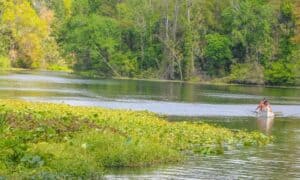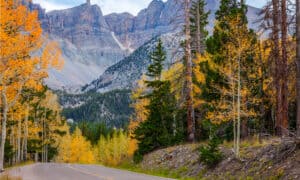The vibrant history of Montana can be experienced through the multiple national parks established in the state. There are places to glimpse images of the Old West or catch sight of wild horses and bison running through the plains. Montana boasts nine beautiful national parks you can visit any time of the year.
According to The Magazine of Western History, the state also holds a large number of failed national parks. Several sites in Montana were considered for federal recognition but rejected.
1. Big Hole National Battlefield
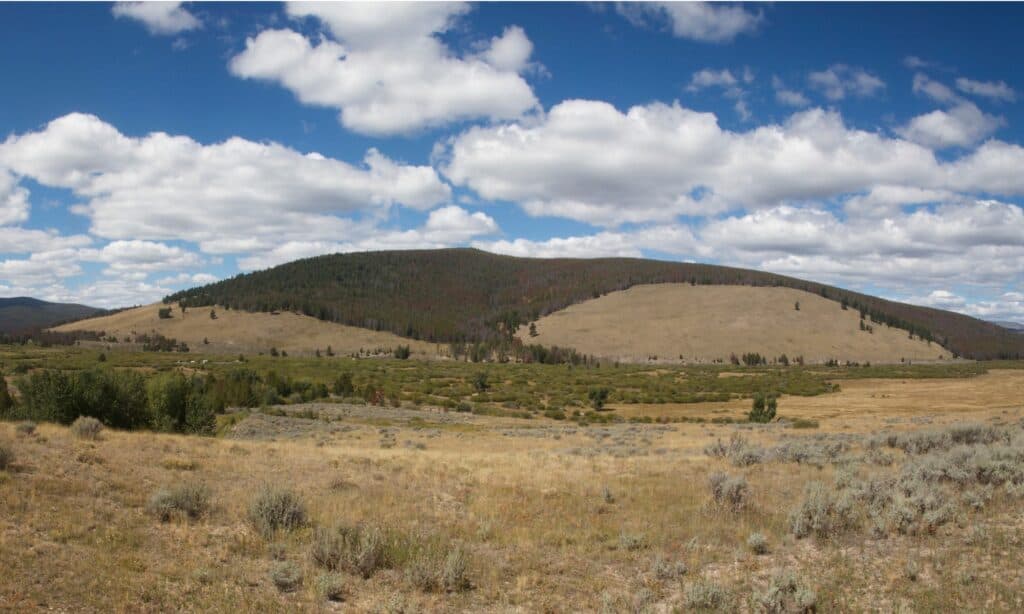
Big Hole National Battlefield covers 655 acres of land.
©iStock.com/Plez
| Big Hole National Battlefield | |
|---|---|
| Size | 655 acres |
| Animal to see | Elk |
| Attraction to see | Old Chief Joseph’s Gravesite |
Wisdom, Montana, was the site of the 1877 Big Hole battle between the Nez Perce people and soldiers. Over one hundred people died within 24 hours, and today the Big Hole National Battlefield honors those that lost their lives. Elk, mule deer, and moose are commonly found in the region. The visitors center has a museum, a viewing deck, and access to multiple trails. Guests can also see the gravesite of Chief Joseph, who was leading his people to Canada when the battle took place. Each year on August 10, there’s a commemoration hosted by the Nez Perce to honor those lost at Big Hole.
2. Fort Union Trading Post
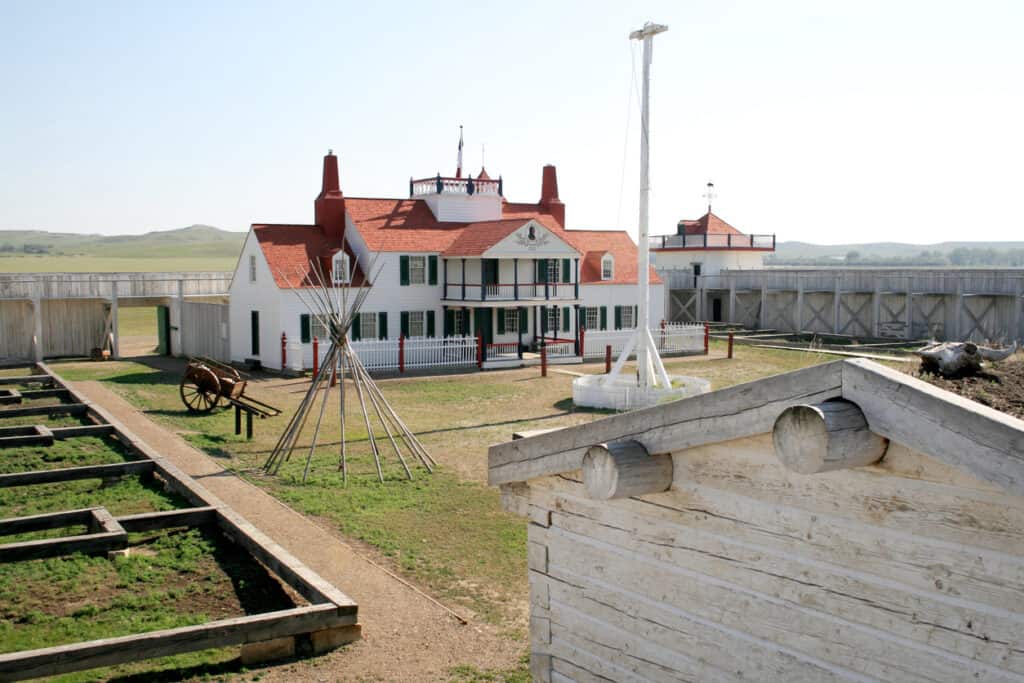
Fort Union Trading Post lets guests experience the history of the west.
©iStock.com/chamey
| Fort Union Trading Post | |
|---|---|
| Size | 444 acres |
| Animal to see | Porcupine |
| Attraction to see | Park Bookstore |
Fort Union was a vital fur trading post in Montana from 1828 to 1867. It also extends into parts of North Dakota. Fort Union traded more than 25,000 buffalo robes each year and around $100,000 of additional merchandise. The post offered a place for peaceful coexistence among the seven Northern plain tribes. Today, Fort Union Trading Post is a national park that lets guests experience the history of the west. The park hosts lectures by tribal elders throughout the year, historical fur trade fairs, and more. The historic site is home to porcupines, muskrats, deer, and voles.
3. Glacier National Park

Glacier National Park preserves hundreds of miles of meadows, forests, lakes, and valleys.
©Galyna Andrushko/Shutterstock.com
| Glacier National Park | |
|---|---|
| Size | 1,013,322 acres |
| Animal to see | Grizzly bear |
| Attraction to see | Going-to-the-Sun Road |
Glacier National Park in Montana preserves hundreds of miles of meadows, forests, lakes, and valleys. Guests can find plenty of melting glaciers throughout the park and hike the vast wilderness on a number of trails. Guests can access the Going-to-the-Sun Road and North Fork through reservations only. This huge national park covers one million acres of land and contains 25 glaciers continuously moving. They are also constantly melting, which means the park might not have any glaciers at all one day. Many large predators live in the preserve, including Canadian lynxes, grizzly bears, and black bears.
4. Grant–Kohrs Ranch National Historic Site

Grant-Kohrs was once the headquarters for over ten million acres of a cattle ranch.
©iStock.com/Melissa Kopka
| Grant–Kohrs Ranch National Historic Site | |
|---|---|
| Size | 1,618 acres |
| Animal to see | Horse |
| Attraction to see | Clark Fork River |
Anyone that wants to experience a piece of the Old West can do so at the Grant-Kohrs Ranch. This historic site was established to preserve the memory of the American cowboy. Grant-Kohrs was once the headquarters for over ten million acres of a cattle ranch. The ranch continues to house a range of livestock, including chickens, cows, and horses. There are also ten miles of old roads and trails to explore. It was originally settled by Johnny Grant in 1862 and established as a historic site in 1972. Visitors can also tour the old ranch house that Grant lived in.
5. Little Bighorn Battlefield National Monument
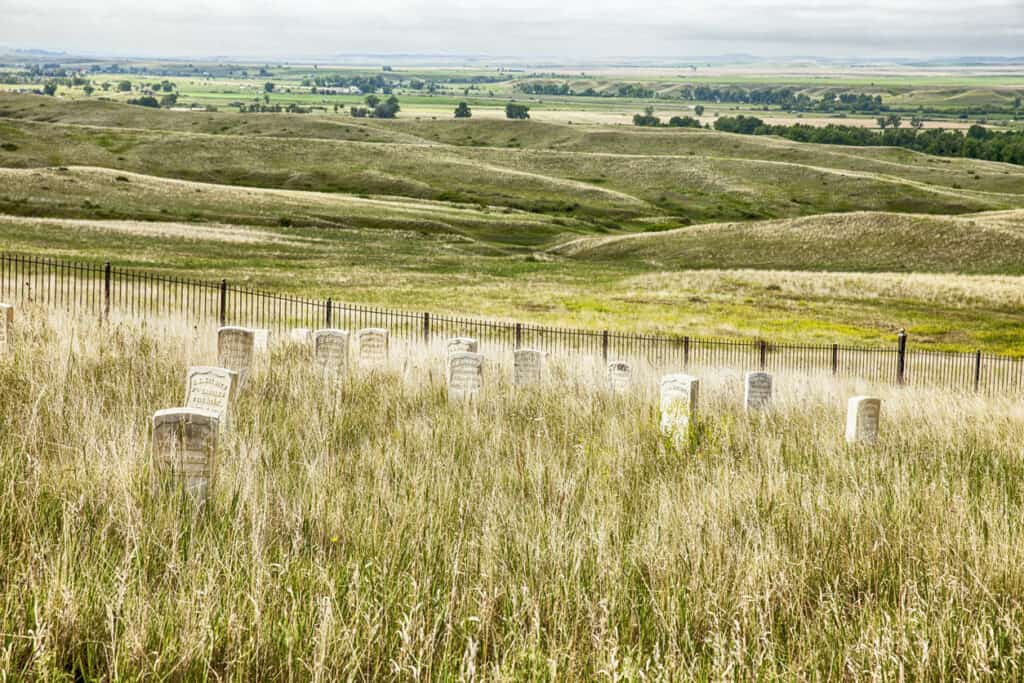
Several species of birds, mammals, and reptiles can be found in the Little Bighorn Battlefield.
©iStock.com/searagen
| Little Bighorn Battlefield National Monument | |
|---|---|
| Size | 765.34 acres |
| Animal to see | Grouse |
| Attraction to see | Little Bighorn Battlefield National Monument |
In Crow Agency, Montana, is the site of the Little Bighorn Battle. Hundreds of Cheyennes, Lakotas, and American soldiers were injured or died during the fighting. The Little Bighorn Battlefield National Monument was created to memorialize the lives lost. Guests can also stop by the Custer National Cemetery. Several species of birds, mammals, and reptiles can be found in the Little Bighorn Battlefield. Guests may come across toads, rattlesnakes, deer, and grouse during their trip. There are also 100 wild horses known to live in the region, alongside mule deer and bighorn sheep.
6. Yellowstone National Park

Yellowstone was established as the first national park in the country on March 1, 1872.
©Lillac/Shutterstock.com
| Yellowstone National Park | |
|---|---|
| Size | 2,219,791 acres |
| Animal to see | Brown bear |
| Attraction to see | Old Faithful Geyser |
Yellowstone was established as the first national park in the country on March 1, 1872. The park covers 2.2 million acres in three states; Montana, Idaho, and Wyoming. Around half of the world’s active geysers can be found in the wilderness of Yellowstone, along with landmarks like the Grand Canyon of the Yellowstone River. For 150 years, the park has allowed visitors to enjoy hiking, camping, kayaking, and other outdoor activities. There are also virtual tour options and ways to see the geysers through live webcams. Visitors may even see bison or bears during their trip.
7. Bighorn Canyon National Recreation Area

Bighorn Canyon National Recreation Area is home to wild horses,
mountain lions
, and various snake species.
©iStock.com/vermontalm
| Bighorn Canyon National Recreation Area | |
|---|---|
| Size | 120,296.22 acres |
| Animal to see | Mountain lion |
| Attraction to see | Bighorn Lake |
Bighorn Canyon can be found in both Montana and Wyoming. It spans more than 120,000 acres and has worked to preserve over ten thousand years of human history. Bighorn Lake is one of the most popular spots in the park and provides plenty of opportunities for kayaking, boating, and swimming. There are also plenty of campsites to choose from and 17 miles of trails to explore. Two visitor centers are on each side of the park, one in Wyoming and one in Montana. The canyon is home to wild horses, mountain lions, and various snake species.
8. Ice Age Floods
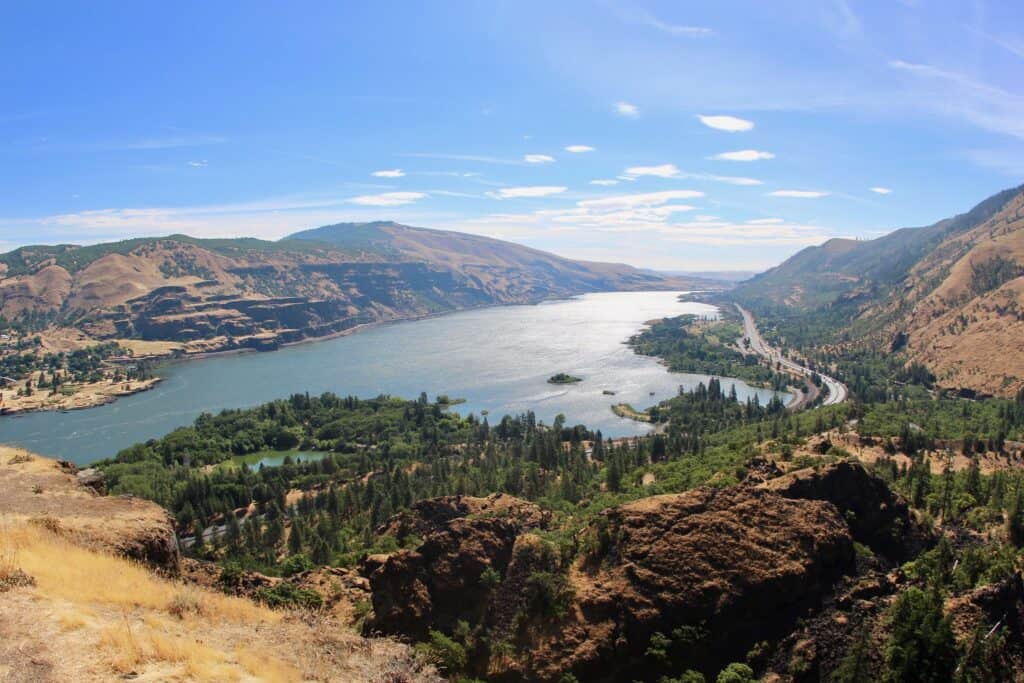
The geological trail following the Ice Age Floods is a national nature preserve that reaches four states.
©daveynin / flickr – License
| Ice Age Floods | |
|---|---|
| Size | 16,000 square miles |
| Animal to see | Mountain goat |
| Attraction to see | Montana Natural History Museum |
The geological trail following the Ice Age Floods is a national nature preserve that reaches four states. Around 18,000 to 15,000 years ago, Glacial Lake Missoula flooded the land from Washington to Oregon, changing its face forever. Landmarks from the Ice Floods can be found in Montana, Idaho, Oregon, and Washington. The flooding area covered 16,000 square miles, and today the geological trail is open for visitors every day of the year. When visiting the Montana section of the trail, you may run into bighorn sheep, mountain goats, weasels, or skunks.
9. Lewis and Clark National Historic Trail
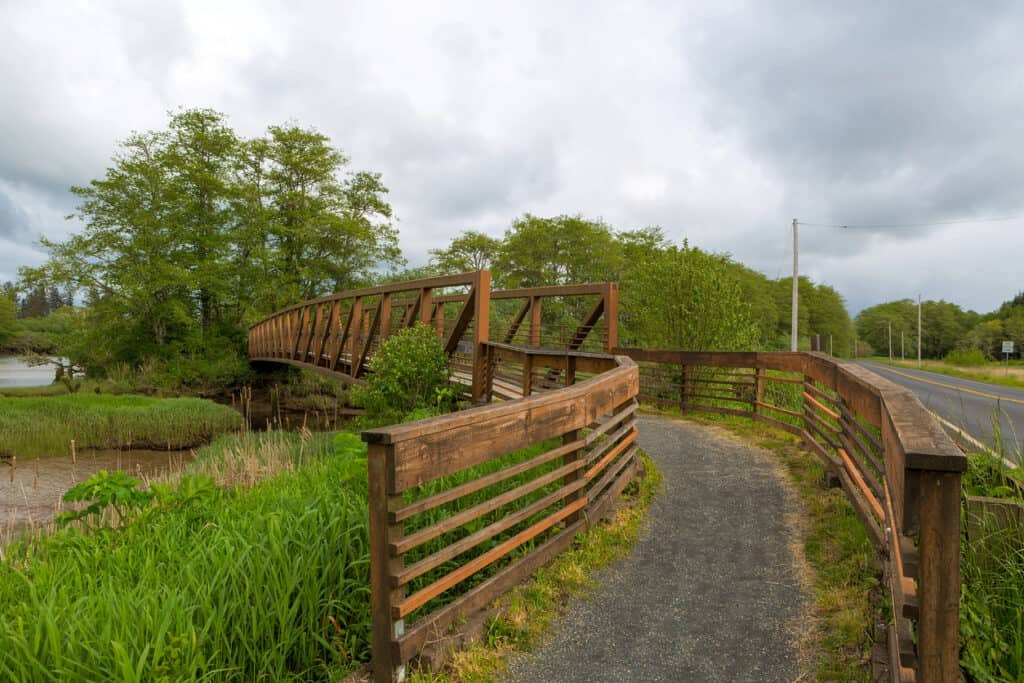
The Lewis and Clark National Historic Trails runs through sixteen states, including Montana.
©iStock.com/thyegn
| Lewis and Clark National Historic Trail | |
|---|---|
| Size | 4,900 miles |
| Animal to see | River Otter |
| Attraction to see | Lost Trail Pass |
The Lewis and Clark Historic Trails runs through sixteen states, including Montana. The trail is over 4,000 miles long, stretching from Pennsylvania into Oregon. It follows the route of the Lewis and Clark Expedition, including the section used for preparing. When exploring the Montana section of the trail, you might run into grizzly bears, river otters, bald eagles, and geese. Sections of the trail can also be experienced in Idaho, Illinois, and Ohio. The Montana segment of the Lewis and Clark Trail holds the Lost Trail Pass, the route where the group got lost for several days.
The photo featured at the top of this post is © iStock.com/SL_Photography
Thank you for reading! Have some feedback for us? Contact the AZ Animals editorial team.




